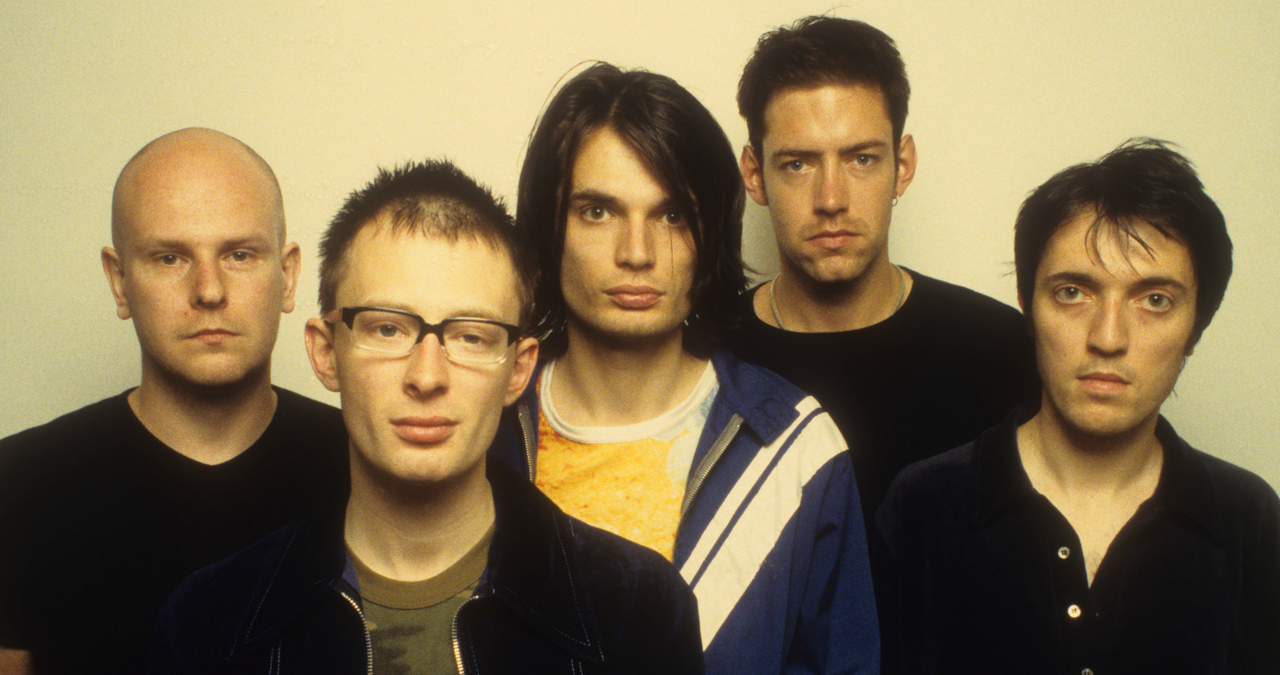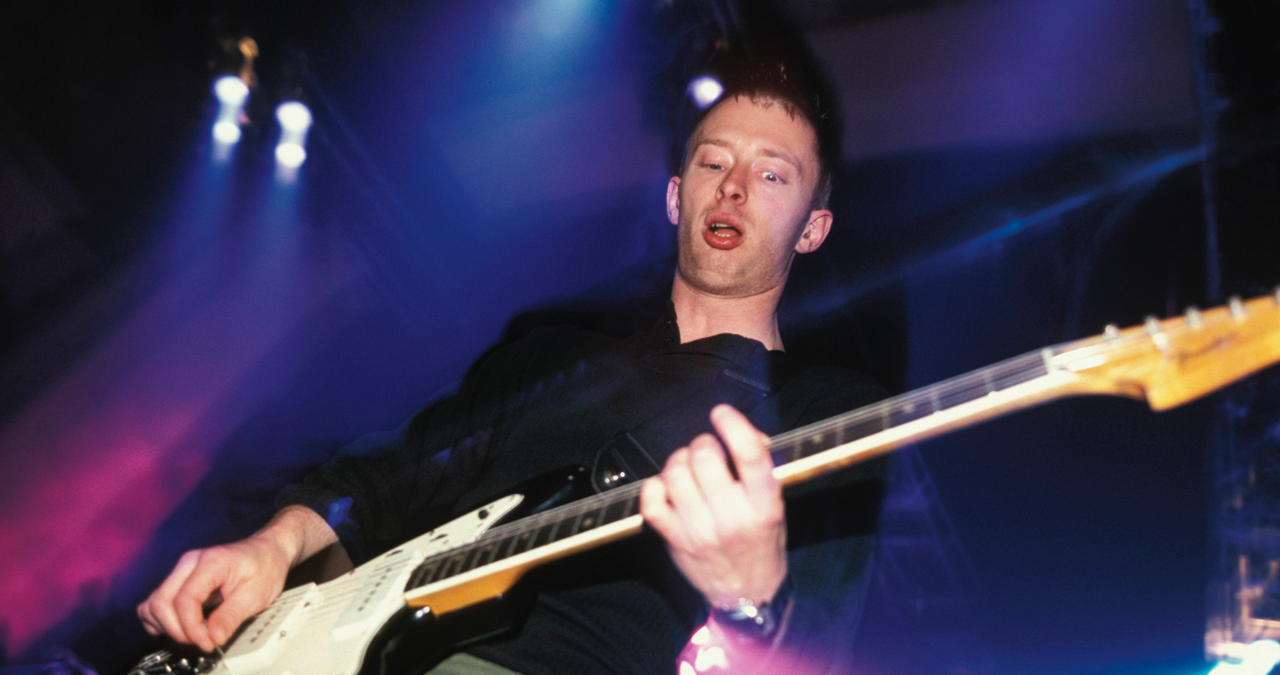“Our decision to use some electronic instruments is not some kind of lifestyle choice. You use the instrument to help you get across a certain thing”: How Radiohead’s most controversial shift proves that music-makers shouldn’t be restricted by genre
The success of one of Radiohead’s most celebrated albums illustrates how creators should never feel limited by the conventions - or the instruments - of their chosen genre

Perennially questing for new sonic frontiers, Radiohead have long been hailed as one of this century’s greatest bands. Their most acclaimed work is consistently held up amongst the likes of The Beatles and Pink Floyd for how often unconventional studio choices could result in some of their most absorbing tracks.
Whether it be hard, unsignposted swings from an introspective tone to one of fiery rage (Paranoid Android), the incorporation of synths, drum machine and tech typically associated with electronic dance music (Everything in its Right Place, 15 Step, Idioteque, Lotus Flower) to leaning into more erratic time signatures (Let Down, 2+2=5, Daydreaming) to prompt feels of instability - Radiohead have long delighted in shunning the orthodox.
But, if you’re reading this and thinking that Radiohead were not alone (and certainly not the first) to break rock’s mould, then you’re quite right. Rock and pop’s ever-flexible boundaries have been re-drawn countless times over the years by myriad artists - Frank Zappa, David Bowie, Yes, Genesis, Rush, Pink Floyd and Talking Heads (from whose songbook Radiohead cribbed their name) to name just a few of the most notable. However, that doesn’t mean that Radiohead’s fearlessness shouldn’t be celebrated - or that one specific example isn't worthy of examination.
Their decision to release an album that swung the band into the electronic domain - Kid A - back in 2000 was a massively risky thing to do at a time when both rock and dance music had more fiercely-held dividing lines. Both of the genres' respective subcultures were vying for their chosen music to be the alternative to the pop confectionery of the day.
While you might think Radiohead might have been worried about alienating their more rock-based fans, or being labelled as inauthentic intruders for entering a space they had no business going into, the band’s main concern was in following the will of their music…
“I absolutely want no part in any suggestions that our decision to use some electronic instruments is some kind of lifestyle choice. It’s not,” asserted Radiohead frontman Thom Yorke to The Observer newspaper in 2000. “You use the instrument to help you get across a certain thing that you want to get across. That’s all.”
It would have been quite easy, following the overwhelmingly positive reception to 1997’s OK Computer, to proceed in the same vein for album #4, yet Kid A was a wholly different beast.
Meshing dense layers of soundscape, drum machine-constructed beats and polyrhythms, minimising conventional ‘band’ sounds and chopping vocals into Pro Tools-sculpted segments, Kid A rejected the easy route. Instead, it offered up something much more challenging and ultimately, far more rewarding.

Though there was certainly some consternation from certain listeners (“They’re just doing what Aphex Twin already did!”), Kid A was subsequently hailed as a brilliant, absorbing and intriguing record. People wallowed in its lush, unyielding sounds, analysing its music and themes to tease out meaning. Was it about the first human clone? The dawn of a new century, a soundtrack to the third world war or a treatise on depression? Those questions are still being asked.
Not only does the album continue to stand tall among Radiohead's finest work, crucially it attracted more fans than those that it lost from both ends of the genre divide, helping to establish a cross-cultural musical conversation.
Want all the hottest music and gear news, reviews, deals, features and more, direct to your inbox? Sign up here.
In the myriad reviews and thought-pieces penned following its release, many who’d been previously sucked into Radiohead’s orbit by the likes of Creep, Karma Police, Just and No Surprises were now exposed to discourse around Warp Records, Autechre and Aphex Twin for the very first time. Much like other great pop innovators, Radiohead’s decision to expand their toolkit also widened the language of popular culture, and tore down those genre-barriers.
But while Kid A proved a successful marriage of electronic dance music and rock band sensibilities, when making it - Thom Yorke, the band’s central creative dynamo was somewhat flying blind when it came to harnessing electronic instruments. “Everything's a novelty… I didn't understand how the fuck they worked. I had no idea what ADSR meant,” Yorke told Rolling Stone.
Despite not having a handle on how many of the instruments worked (including a Prophet 5, a Analogue Systems RS8000 modular system and Roland MC-505 drum machine, to name just three) what they made was beyond anything they'd released before.
Sometimes, that fear of the unknown can put us off from going near instruments, plug-ins, software or even writing approaches that don’t conform to what we’re comfortable with. But, in this key example, we see how Radiohead - despite not having a clue, initially, how their new electronic toolkit worked - persevered to build one of the most incredible listens in their canon.
Practice, and learning to get better at an instrument, is of course something we highly recommend, but that shouldn’t preclude any music-maker from reaching for something unconventional. All those instruments, tools, plugins, pedals and toys outside the wheelhouse of the genre you currently operate in, are ripe for exploration.

A point previously made in our article on letting certain types of music technology push you - via certain prompts and presets - into a very hemmed-in, homogenised sound, can be drawn from this example too.
Trying too hard to operate within the boundaries of a genre can result in you sounding exactly the same as everybody else who sits within that field.
While conformity to the rulebook might be easier (and often advisable) for play-listing, categorisation and getting heard in today's streaming-based landscape, it’s more likely that what you end up becoming artistically is identical to everything else on that same playlist. It can be a sure-fire route to obscurity.
So, while the musical landscape has certainly changed a great deal in the twenty-five years since Kid A’s release, the lesson it teaches us still rings true (if not louder); being bold - and trying new things in the studio can not only expand your boundaries as an artist. It can be the very thing that defines you.
You can find yourself on a musical and sonic island that is totally uncharted. What's more exciting than that?

I'm Andy, the Music-Making Ed here at MusicRadar. My work explores both the inner-workings of how music is made, and frequently digs into the history and development of popular music.
Previously the editor of Computer Music, my career has included editing MusicTech magazine and website and writing about music-making and listening for titles such as NME, Classic Pop, Audio Media International, Guitar.com and Uncut.
When I'm not writing about music, I'm making it. I release tracks under the name ALP.
You must confirm your public display name before commenting
Please logout and then login again, you will then be prompted to enter your display name.

